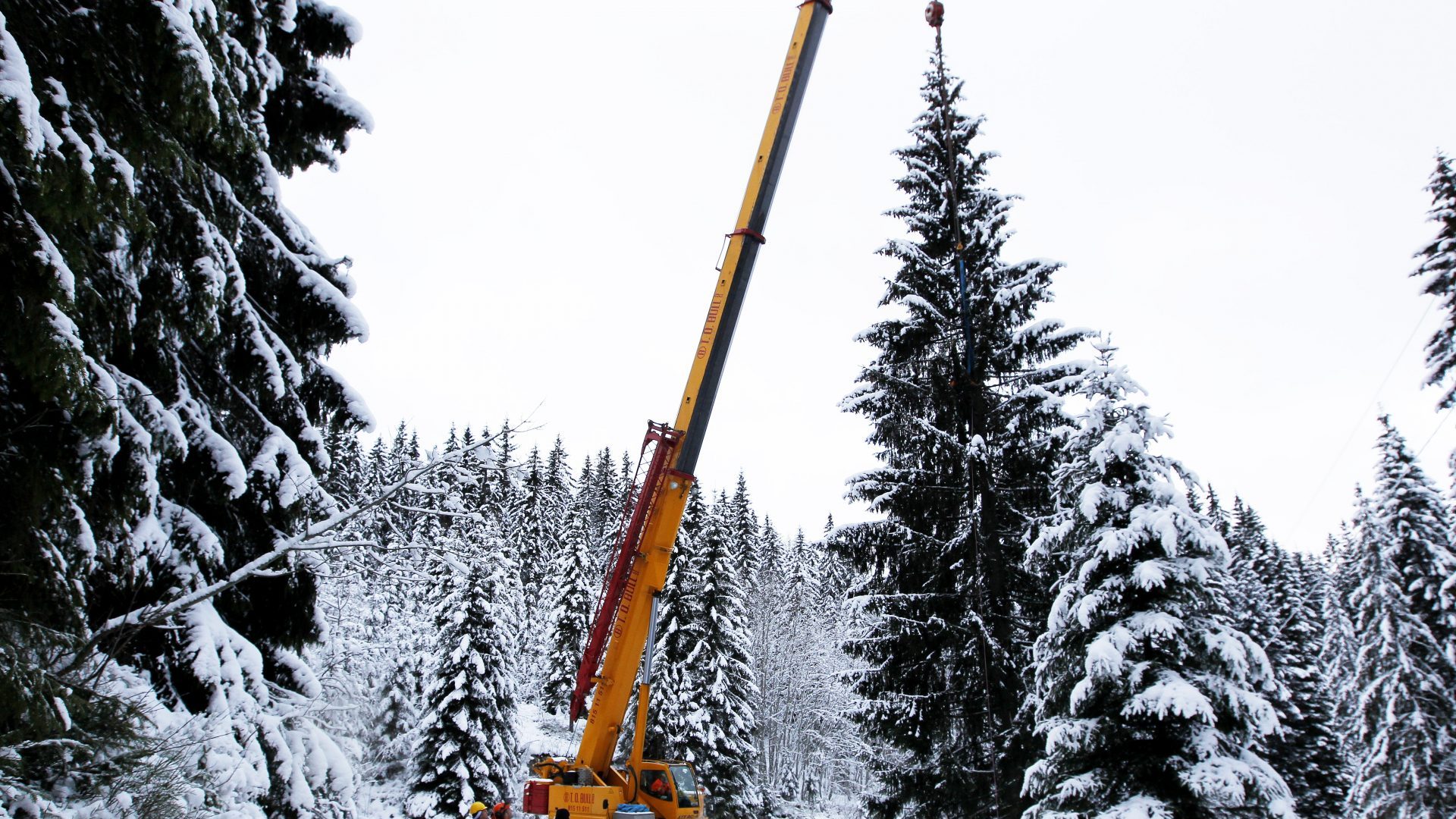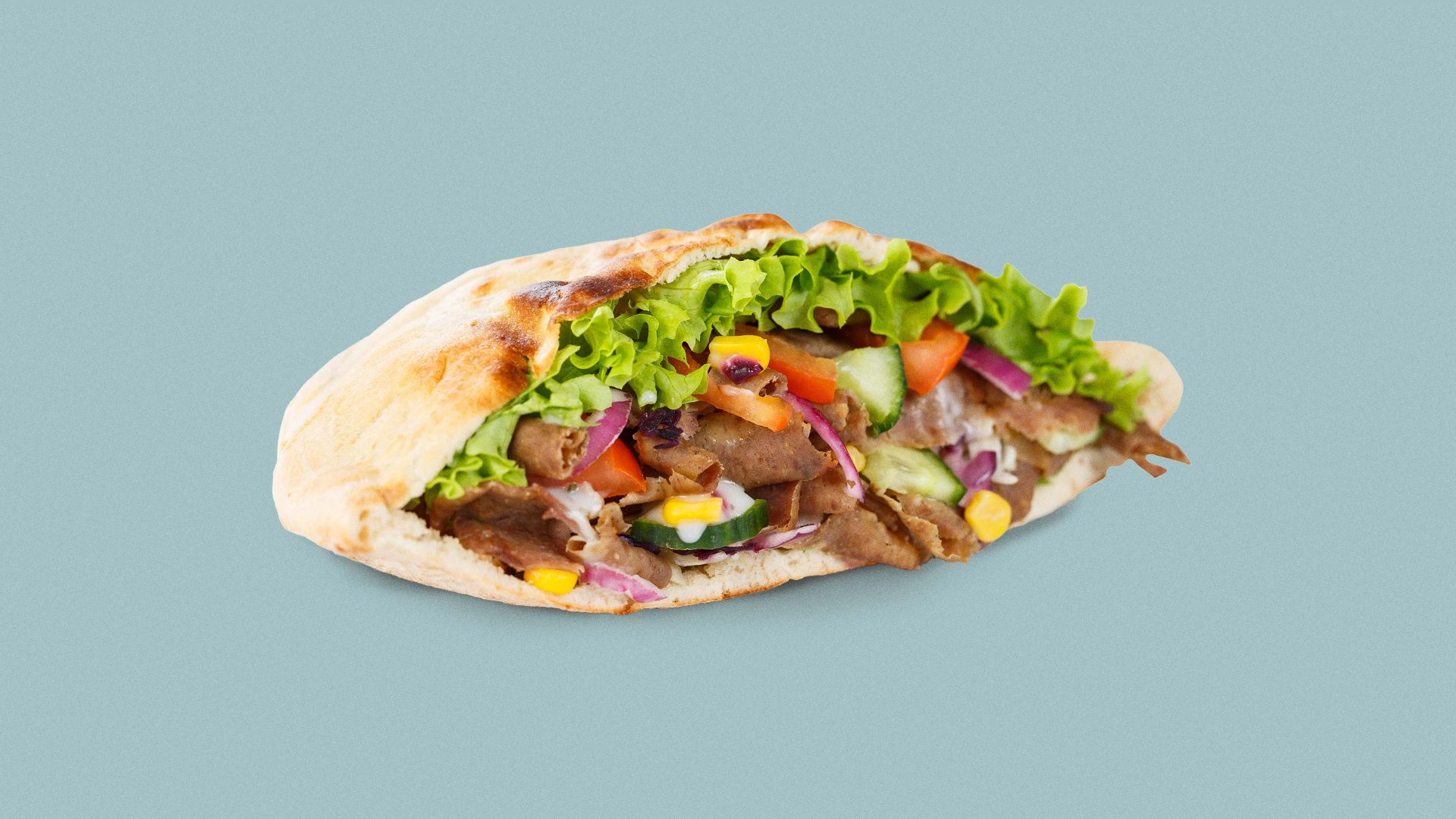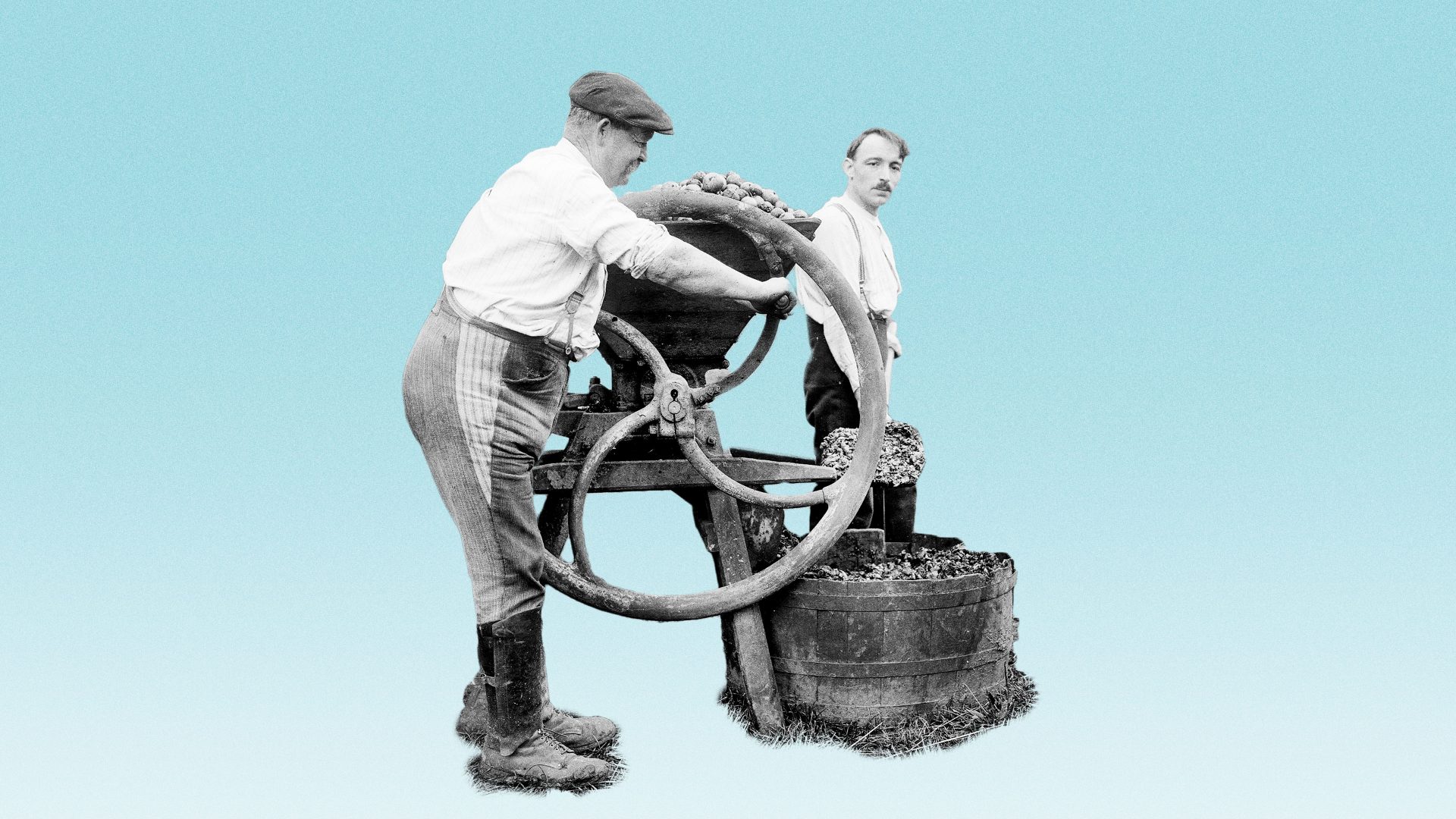“Do you have a hat?”
Mathilde, the media officer from Visit Oslo, looks concerned. My numb head shakes. It’s early morning andwe’re stamping our feet outside Oslo City Hall, waiting for a minibus to take us to the Nordmarka, the forest above Norway’s capital. The Trafalgar Square Christmas tree is about to be felled. If we’re lucky, the temperature might warm up to freezing.
Mathilde rummages in her bag and – rabbit-like – out comes a beanie. We’re joined by correspondents from the BBC and German radio, as well as several Norwegian journalists. The minibus arrives and we bundle in, the TV crew from God morgen Norge nestling into the back seats. Passing the Christmas fair on Karl Johans gate, with its waffle stalls and high-end knitwear, we head north.
The Norwegian Christmas tree has been a gift from the City of Oslo to London ever since 1947, an annual thank you for British support during the second world war. It is a pine-scented marker of the “special relationship” between our nations. But what constitutes a special relationship? America and Britain have been arguing over the definition for decades.
We drive through the chic district of Holmenkollen, past grand villas and Norway’s national ski jump, and on for another 40 minutes until we arrive at
the edge of the forest valley of Sørkedalen. The road narrows to an icy, woodland track. Eventually, we get out on the windy edge of Høgåsen hill, where a 70-year-old, 19-metre-tall, Norwegian spruce awaits its fate.
The Norwegians love their Juletrefelling custom. “We are experiencing really dark times and cities need friends,” says Anne Lindboe, Oslo’s recently appointed mayor, who is joined under the tree by the Lord Mayor of Westminster, Councillor Patricia McAllister. We huddle around a campfire, where vast coffee pots are brewing. The foresters monitor the flames. There will be environmental considerations about the future of the ceremony, says Jan-Erik Thorbjørnsen from the Anglo-Norse Society. “So, instead of sending
every year, we could send every fifth year.” Others say that that would dilute the meaning.
In 2021, some Londoners were sniffy about the spruce sent down from Norway. It was “threadbare”, they said. In characteristically practical fashion, the Norwegians pushed the felling date back and shortened the shipping period, so subsequent trees would be fresher when they arrived in London.
And then the Times recently reported the spurious claim that the whole tree-giving project was in fact a wartime whim of Ian Fleming. It’s a story that rather overlooks the Norwegians’ generosity. In another act of national largesse, the Nobel Peace Centre in Oslo now organises a special Christmas concert in London featuring Norwegian artists.
These gestures represent historical solidarity – but are they relevant so long after the war? Norway is cosy, rich and self-confident; Britain’s position is somewhat different. The Norwegians embrace Jantelagen, a concept that frowns on individual feelings of superiority; in Britain you’re considered odd if you don’t think you’re better than everyone else.
Among the evergreens, Jan Thompson, the British ambassador to Norway, sips her coffee and watches from the wings. “The relationship has moved on,” she acknowledges, but for evidence of the countries’ shared values, “you just have to look at how we are working together with problems in Ukraine.”
The two mayors pose with an old crosscut saw as photographers get their angles. And then a forester in hi-vis steps in with a chainsaw to do the real work. The “Queen of the Forest” – as the tree is colloquially known – is noisily sawn off and left dangling from a crane. An enthusiastic group of local schoolchildren launch into a shivering rendition of Silent Night.
The VIPs look for their drivers and the press retreat to the minibus. It was a good tree, says one of the Norwegian reporters. Perhaps the key to a special
relationship is consistency. The children – snug in berry-red Santa caps, eating their pastries – troop off down the track. They’ll be back next year – and the foresters will once again put the coffee pots on the fire.



